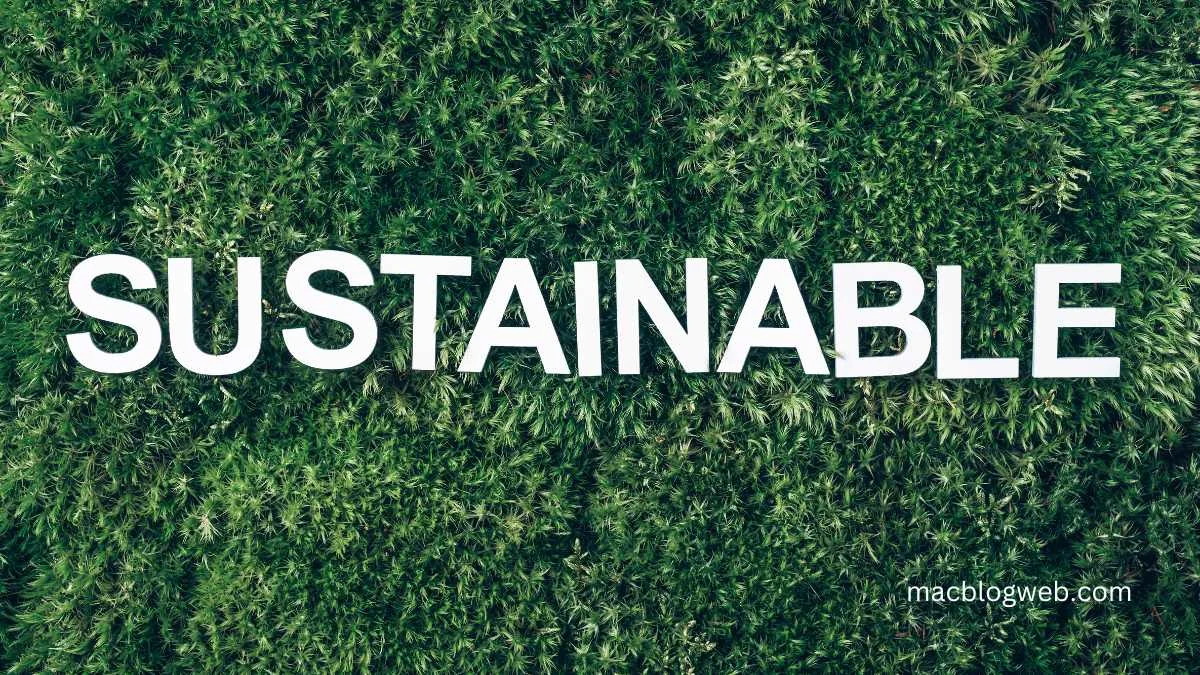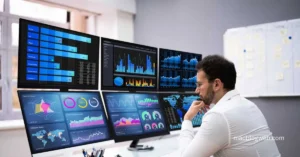Key Takeaways:
- Sustainable construction practices are becoming a core focus for the industry.
- Innovations in materials and technology are driving eco-friendly construction methods.
- Adopting green construction techniques can lead to long-term cost savings and environmental benefits.
- Green certifications and standards are guiding the industry toward more sustainable practices.
Introduction to Green Construction
Sustainable construction is now a crucial factor in contemporary building methods, not just a passing fad. Due to the growing attention to environmental concerns, the construction sector is making substantial progress in implementing eco-friendly methods. These firms ensure that projects remain financially viable while adhering to green standards. This financial insight is critical to planning and executing sustainable projects that meet environmental and budgetary goals.
Innovative Materials in Sustainable Construction
New materials such as ecological concrete and recycled steel are becoming mainstream options. These innovations help reduce carbon footprints and promote long-term sustainability. An important aspect to consider in sustainable building is financial management, where specialized construction accounting firms can provide valuable support. Ecological concrete, for instance, utilizes a mix of dirt and cement, which uses less energy during production and offers robust strength and durability comparable to traditional concrete. Similarly, recycled steel reduces the need for virgin materials, conserving natural resources. Both of these material innovations provide cost benefits by lowering energy consumption and offering long-lasting performance, thereby reducing the lifecycle costs of buildings.
The Role of Technology in Green Building
Technological advancements are revolutionizing green construction. Innovations like Building Information Modeling (BIM) and energy-efficient systems are critical to designing sustainable buildings. BIM allows for creating detailed virtual models of buildings that facilitate planning energy-efficient solutions right from the design phase. These models ensure sustainability is built into the project by simulating how a building will perform energetically before breaking ground. Additionally, intelligent building systems equipped with sensors and automation technologies can regulate energy use more efficiently than traditional systems, thus reducing waste and optimizing resources. These systems can adjust lighting, heating, and cooling based on occupancy, further driving energy savings.
Benefits of Green Construction Practices
Adopting green construction can lead to substantial cost savings over time. Improved energy efficiency and reduced maintenance costs are just some financial benefits. Energy-efficient buildings consume less power and water, significantly lowering utility bills. In addition, the use of long-lasting and eco-friendly materials decreases the necessity for regular repairs and replacements, ultimately lowering maintenance expenses. Constructing buildings with environmentally friendly strategies frequently results in superior indoor air quality and abundant natural lighting, contributing to the occupants’ well-being and increasing their overall worth. Thus, the long-term savings and operational efficiencies can offset the initial investment in green technologies.
Green Certifications and Standards
Certifications such as LEED and BREEAM are setting the standards for sustainable construction. Following these guidelines ensures environmental responsibility and enhances the building’s market value. LEED-certified buildings are recognized for adhering to rigorous sustainability criteria, which can attract environmentally conscious tenants willing to pay a premium for green spaces. BREEAM certification also adds prestige and credibility to a project, showcasing its commitment to sustainability to potential investors and stakeholders. These certifications provide a framework for builders to follow, ensuring that all aspects of the project, from site selection to materials used, meet high sustainability standards.
Real-Life Examples of Sustainable Projects
Numerous projects around the world are showcasing the potential of green construction. For instance, the Passive House in Norway is an excellent model of integrating sustainability into modern construction. This project uses state-of-the-art technology to create an energy-efficient building that operates with minimal impact on the environment. The Passive House employs advanced insulation and airtight construction techniques to minimize energy loss, significantly reducing heating and cooling requirements. This project exemplifies how innovative design and technology can create comfortable, aesthetically pleasing homes and markedly lower energy usage.
Challenges in Implementing Green Practices
While the benefits are clear, the industry faces challenges like higher initial costs and the need for specialized knowledge. It is essential to conquer these obstacles in order to encourage the widespread implementation of eco-friendly methods. Although the initial investment in green materials and technologies may be more expensive, the long-term savings and environmental advantages are greater than the upfront expenses. Furthermore, the industry must address the knowledge gap by providing education and training for construction professionals. Specialized training programs can equip workers with the skills needed to effectively implement sustainable methods, ensuring that green practices become standard in the industry. Addressing these challenges requires a collaborative effort between governments, educational institutions, and the private sector to promote and support sustainable construction.
Future Trends in Sustainable Construction
Looking ahead, developing new techniques and materials will further enhance sustainable construction. Trends such as green roofing and intelligent building systems will significantly impact in the coming years. Green roofs, which involve using living plants on rooftops, can improve insulation, reduce stormwater runoff, and create green spaces in urban areas. These roofs provide environmental benefits and improve the aesthetic appeal of buildings. Innovative systems equipped with sensors and Internet of Things (IoT) technology can optimize energy usage by monitoring and adjusting systems in real-time based on occupancy and environmental conditions. Integrating advanced technologies with sustainable practices will drive the future of green construction, making buildings more innovative and efficient.
Conclusion
The future of construction lies in sustainable practices. The industry can significantly contribute to a healthier planet by embracing green building techniques and innovations. The transition to sustainable construction will help preserve our environment and offer economic advantages through reduced operational costs and increased building value. Integrating eco-friendly practices will play a pivotal role in shaping a sustainable future as the construction industry evolves. By adopting green construction methods, the industry can meet the growing demand for environmentally responsible practices while achieving long-term financial and environmental benefits.








